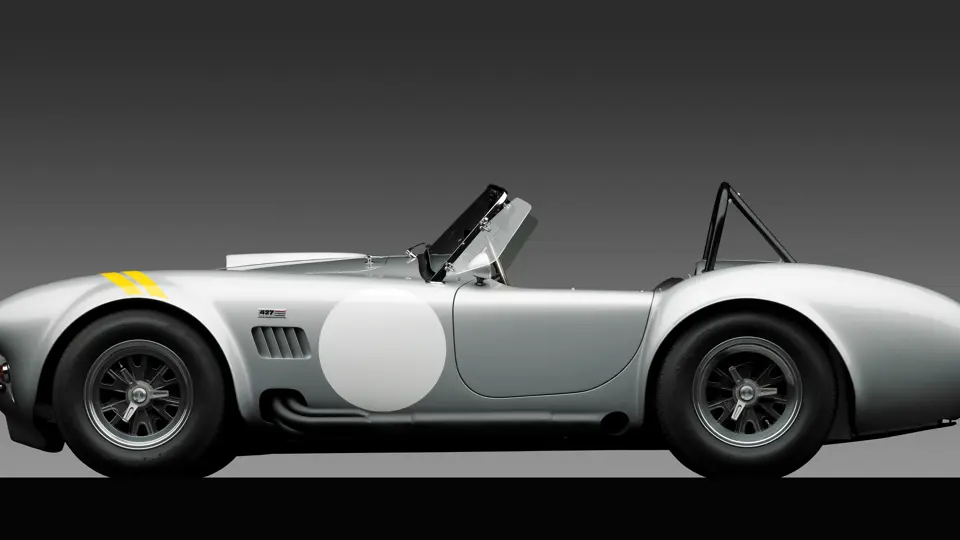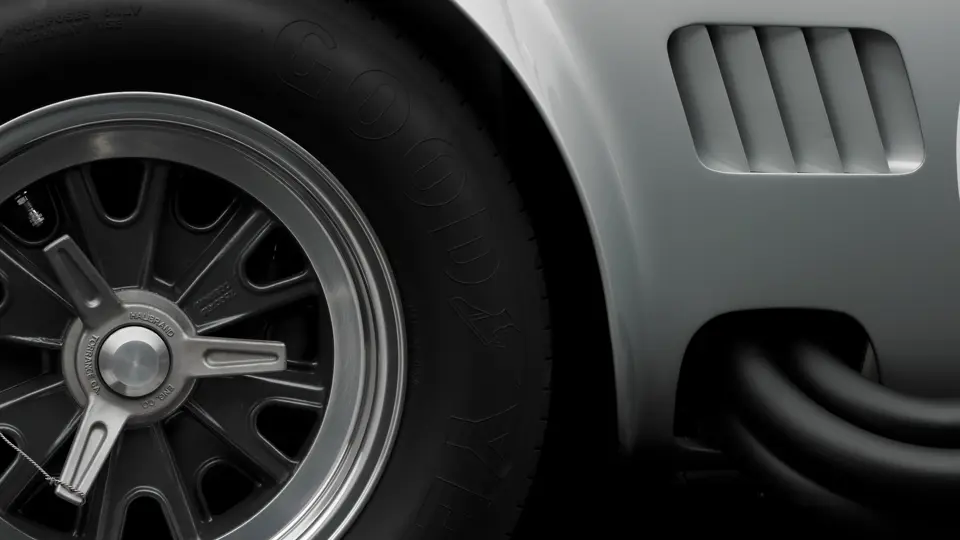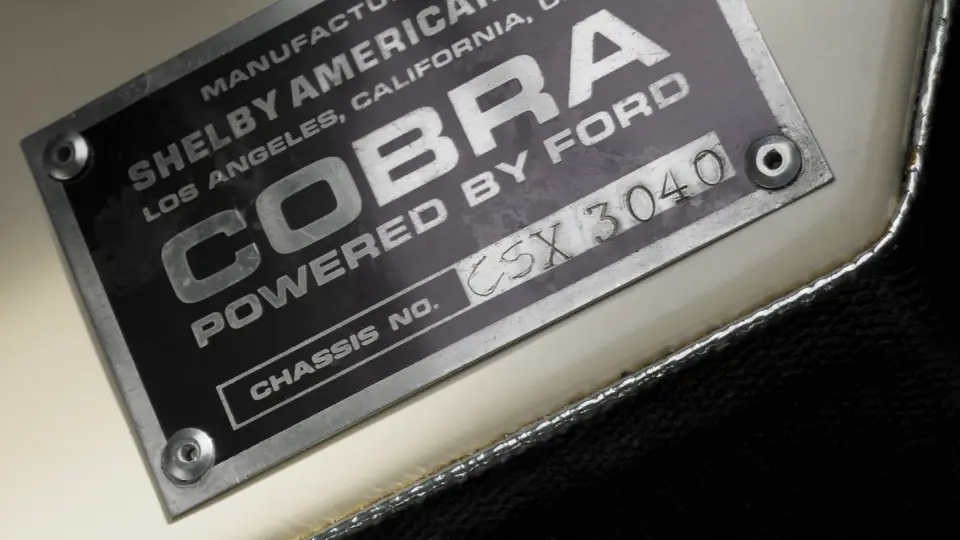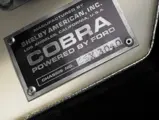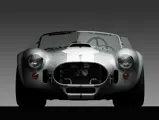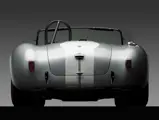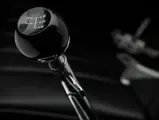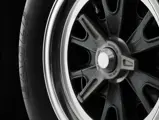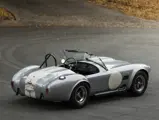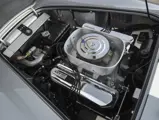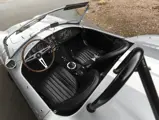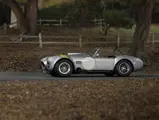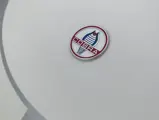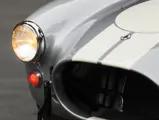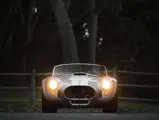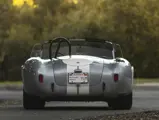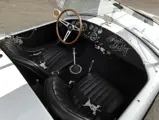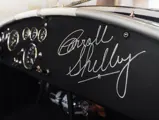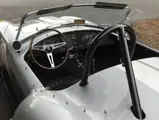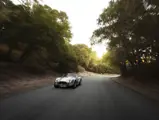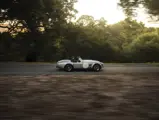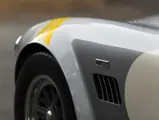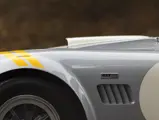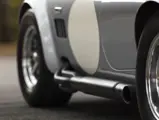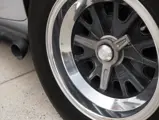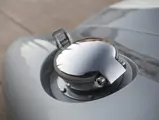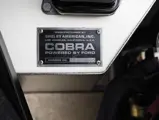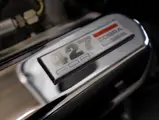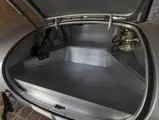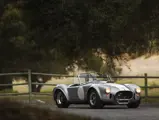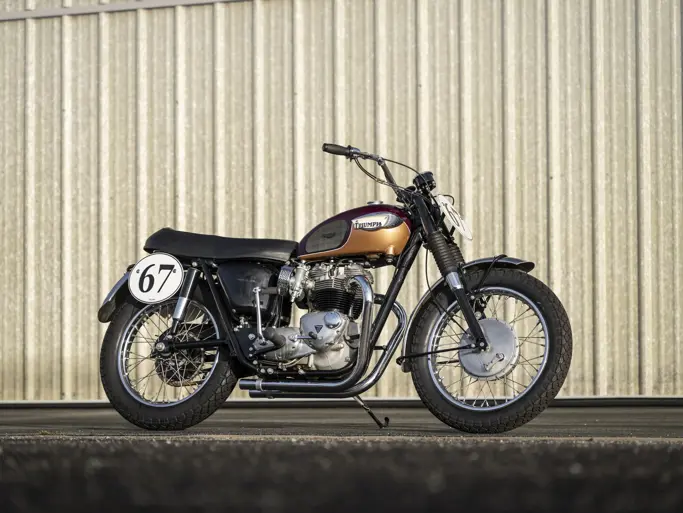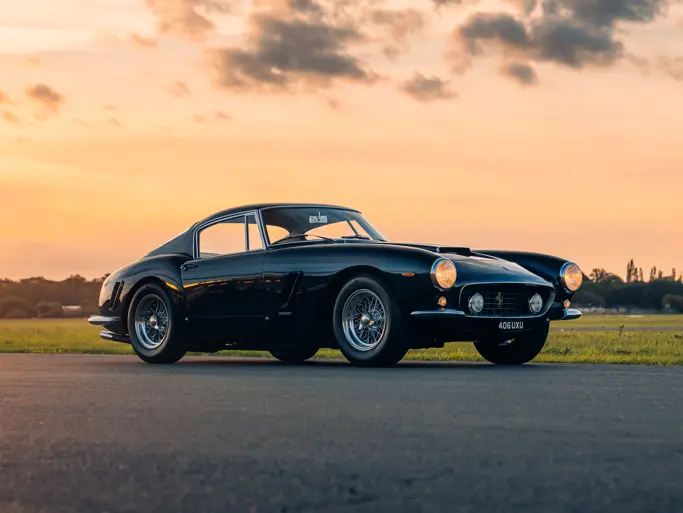
1966 Shelby 427 S/C Cobra
{{lr.item.text}}
$2,947,500 USD | Sold
{{bidding.lot.reserveStatusFormatted}}
- Offered from an esteemed private collection
- Inarguably one of the finest, most original and correct 427 S/C Cobras
- Authentic, matching numbers, and documented
- Only four long-term caretakers since new; always well preserved and maintained
- Immaculate, sympathetic restoration by Cobra expert Mike McCluskey
- An unrepeatable opportunity for one of the world’s best Cobras
THE 427 S/C COBRA
It was classic Carroll Shelby, a delightfully mad idea made even madder: take the already ferocious 289 Cobra . . . and “upgrade” it with a 427. Ford’s engineering department assisted in redeveloping the Cobra platform to take the massive powerhouse, re-engineering the chassis to be five inches wider, and mounting coil springs all around. To contain wider wheels and tires, the body swelled with menacing fender bulges, as if it could barely conceal the throbbing 500 hp being produced by the cast-iron 427 V-8 within.
Shelby intended to race the 427 Cobra, and planned to produce 100 examples in competition trim, in order to homologate the model with the FIA. Unfortunately, by the time FIA inspectors arrived at his facility, only 51 of the cars had been completed, and so he was denied their approval. He subsequently canceled his order for the remaining competition cars, with a total of 53 competition chassis produced, of which 16 were sold to private teams, two retained as prototypes, and one sent to Ford Engineering.
The remaining competition chassis, at the suggestion of Shelby’s East Coast representative, were painted and completed as street cars, and marketed as the 427 S/C or “Semi-Competition,” the fastest road-going car ever built – retaining the oil cooler, riveted hood scoop, flared fenders, side exhausts, dual lightweight batteries, 42-gallon fuel tank, and external fuel filler of full “competition” models. They were insanely, brutally quick, faster than many full-bore racing cars of the period, and can rightfully be considered the ultimate “street” Cobra.
CSX 3040: SIMPLY THE BEST
The 427 Cobra S/C was built to be driven hard and fast – a big hammer created for a specific purpose, in one historian’s words – and most were downright flogged by their original owners. (Who can blame them?) There were certain cars, however, that managed to lead unusually well-preserved lives, and among them was this S/C, chassis number CSX 3040, delivered by Shelby’s Hi-Performance Motors to Dr. Robert Degnan of Hacienda Heights, California.
Records in the SAAC Cobra Registry indicate that by the time second-known owner Steven Harlock offered the car for sale in 1973 it had only 8,900 actual miles and retains its “comp extras as built, including side pipes, oil cooler, rollbar, 42-gallon gas tank, etc.” It was purchased by Michael Haywood of England, who used it as a “fun car,” covering another 3,100 miles by 1979. Peter Briggs bought the car in 1980, and placed it on display in his famous York Motor Museum in Western Australia, while occasionally driving it in events such as the 1992 Targa Tasmania. Memorably registered “AREALONE,” it was featured in the April 1992 edition of Motor magazine, and in a 1996 issue of Wheels.
Following some 20 years in Australia, the Cobra was acquired in 2001 for the esteemed collection of its present owner, a well-known enthusiast who takes pride in both the beautiful presentation and excellent mechanical condition of his automobiles. Accordingly, CSX 3040 was handed over to Mike McCluskey of Torrance, California, the highly respected Cobra restorer and expert, and fully restored to superb condition, in silver with contrasting white and yellow body stripes, white number “meatballs,” and black side exhaust and rollbar.
Mr. McCluskey noted that “upon stripping and disassembly of the car, it was determined that all body panels were original, as well as the engine, drivetrain, interior, and accessories. The vehicle appeared to have suffered minimal, if any, accident damage and road rash over its lifetime of use.
“The object of the restoration was the preservation of as much originality as possible. The original instrumentation was retained and restored. The original seats (except for the carpeted backs) and the dash panel were retained. The original engine was rebuilt, blueprinted, and tested. For reliability, the engine accessories and entire electrical system was replaced with OEM components. The body, hood, trunk, and doors were metal-finished, primed, received multiple blockings, and were painted with acrylic urethane; almost all of the inner panels were saved and restored.”
The car is accompanied by a selection of related documentation, including a copy of the original sales invoice, its SAAC Cobra Registry entry, and various communications and restoration information from Mr. McCluskey. In his words, “CSX 3040 now exhibits about as perfect an example as you can get of all the S/C Cobras in existence today.” That is high praise from a man who has known many of them, and a testament to the irreplaceable greatness that is this particular Cobra. It has no stories, exquisite purity, and a superb restoration – all that one could wish for.




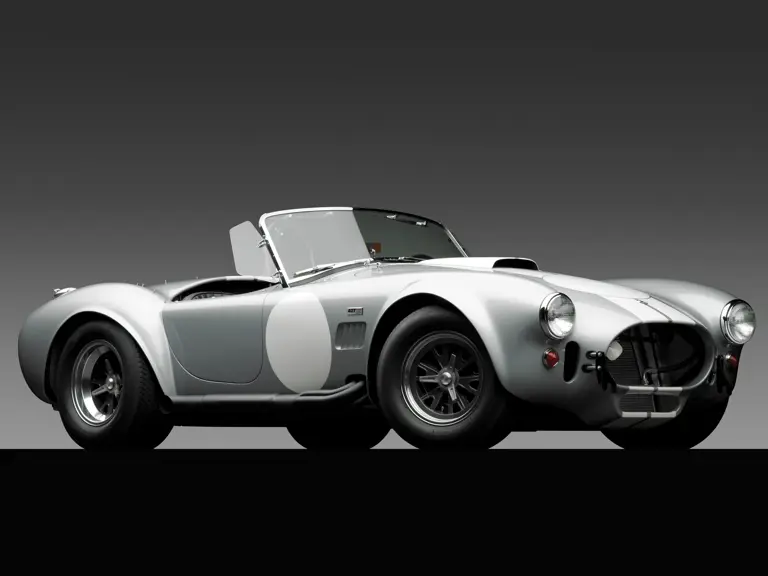

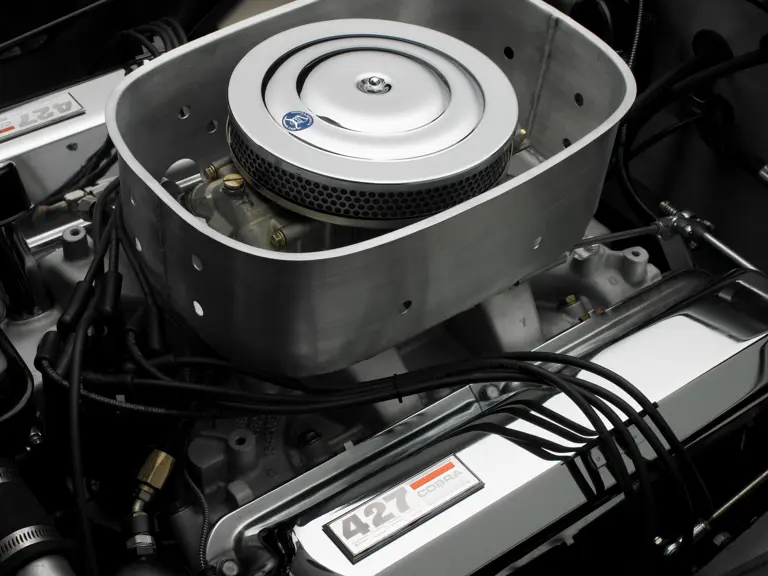
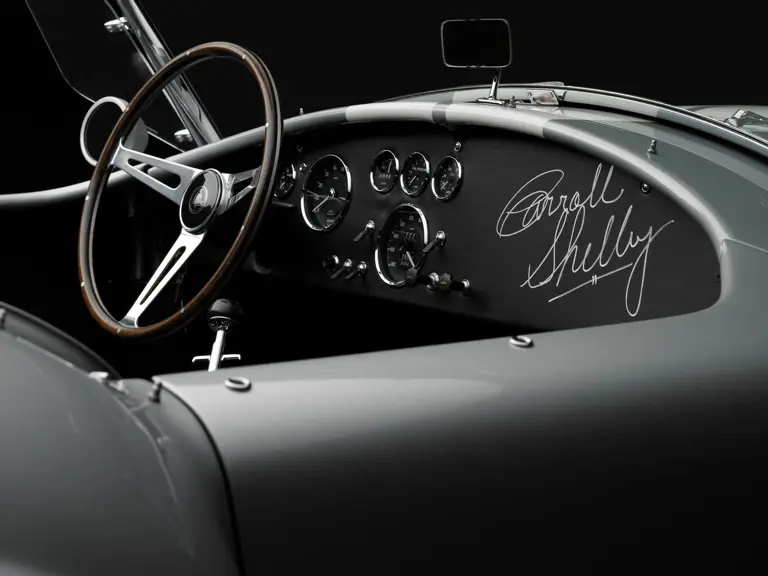
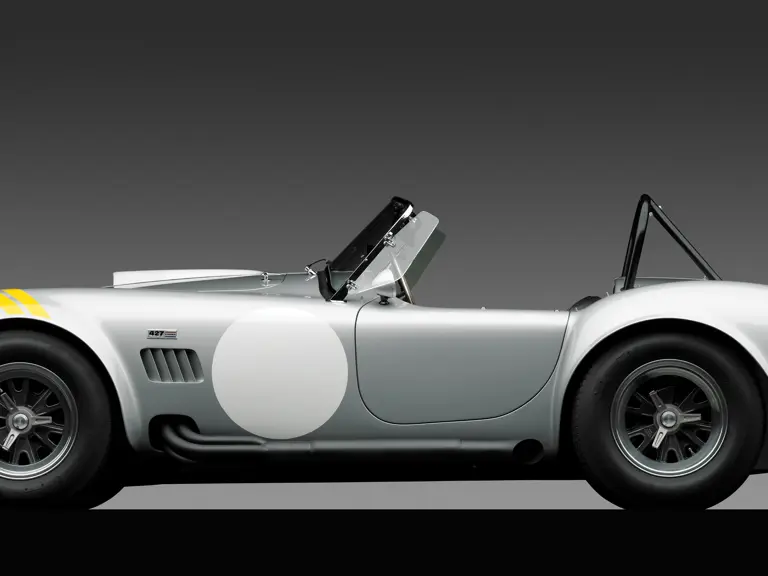
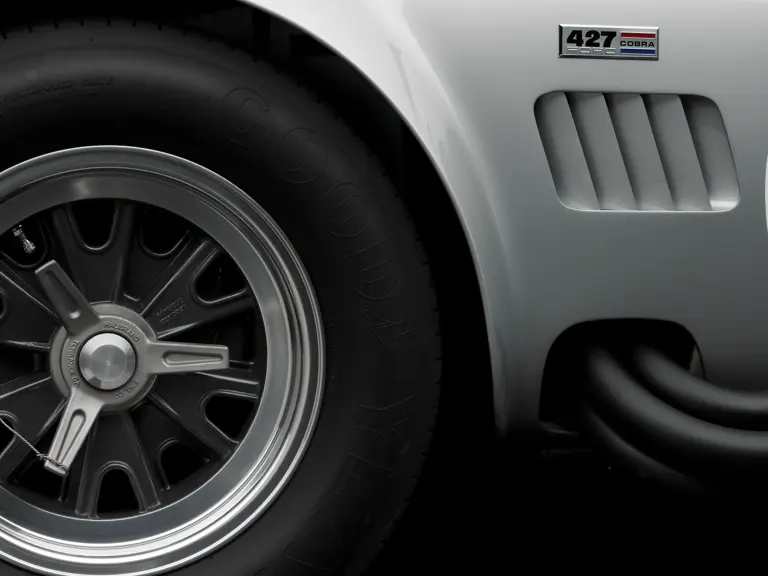
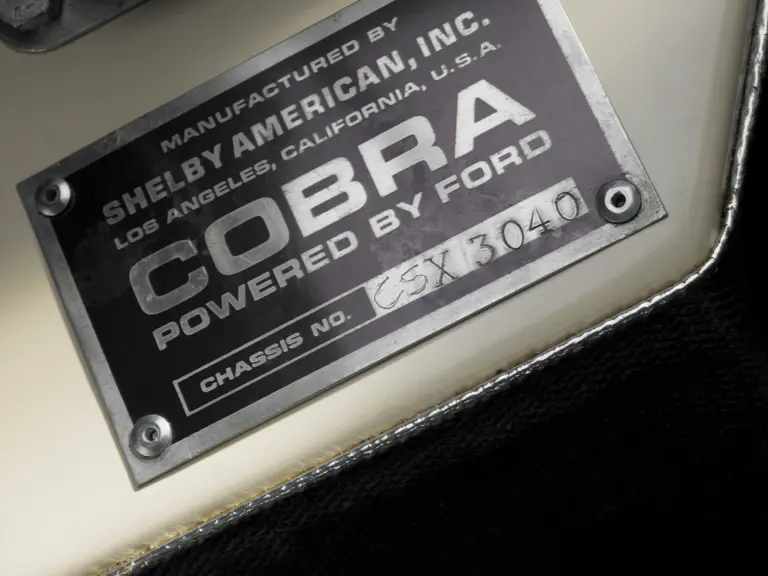
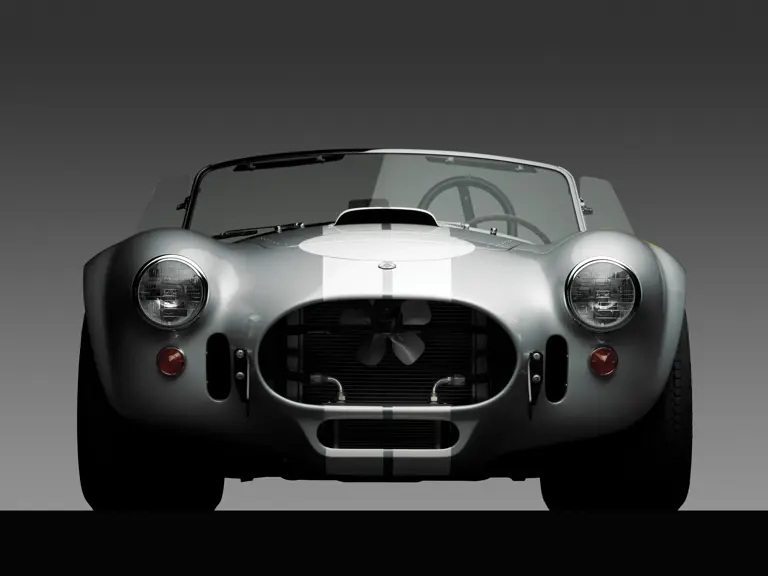

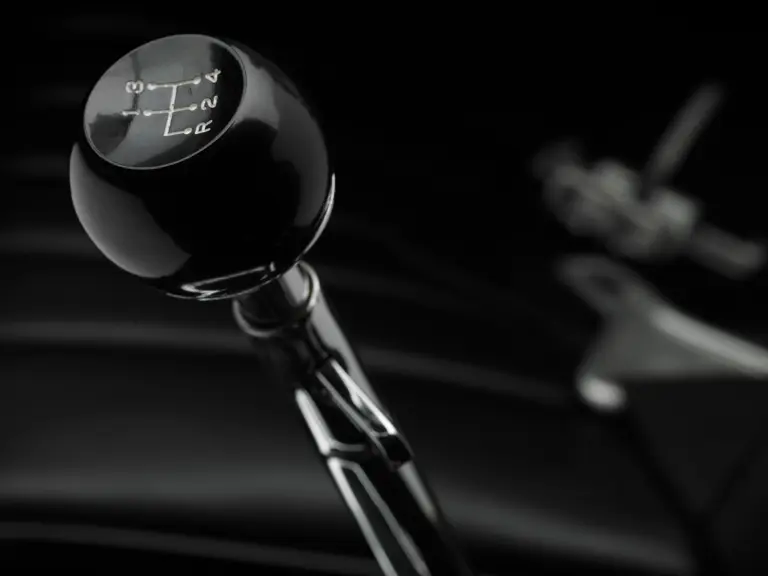
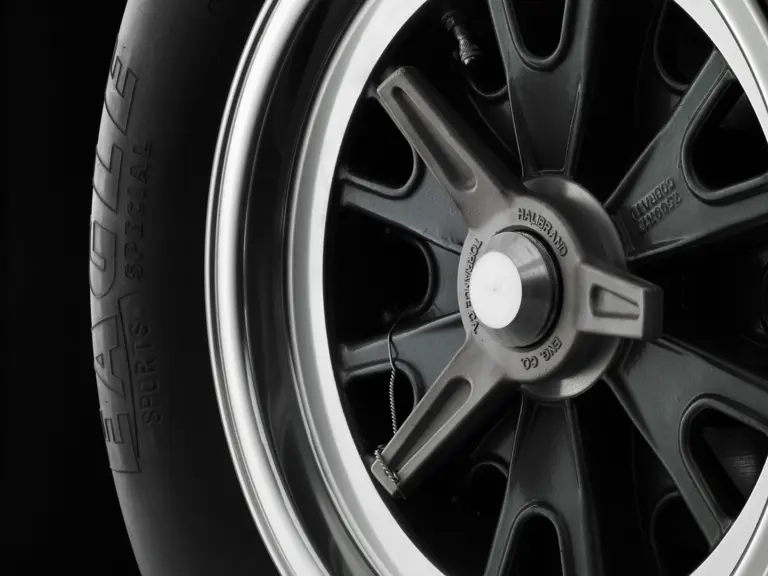

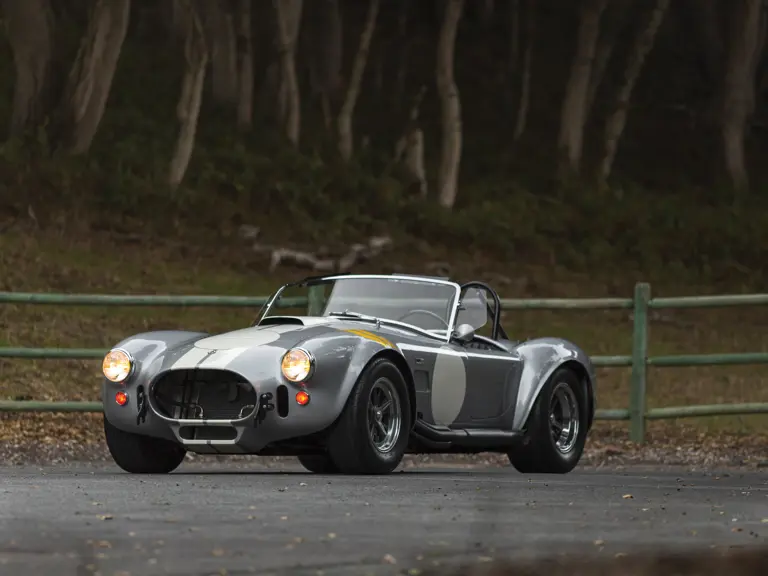
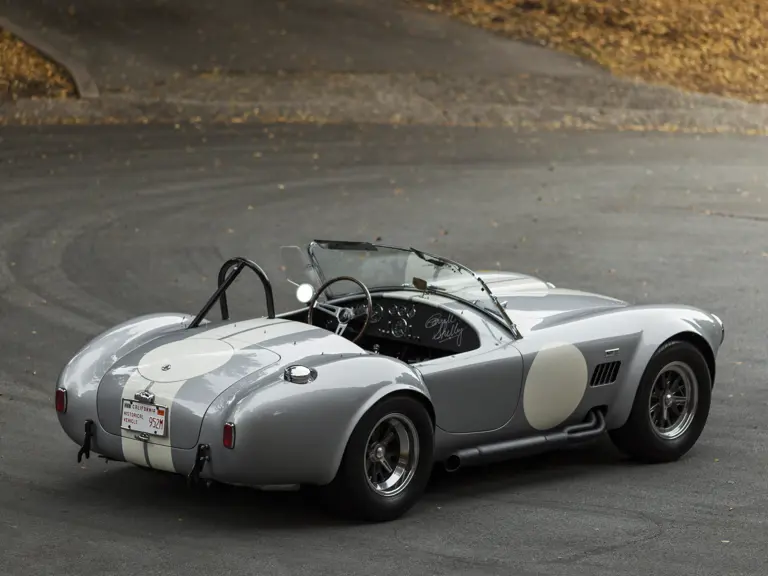


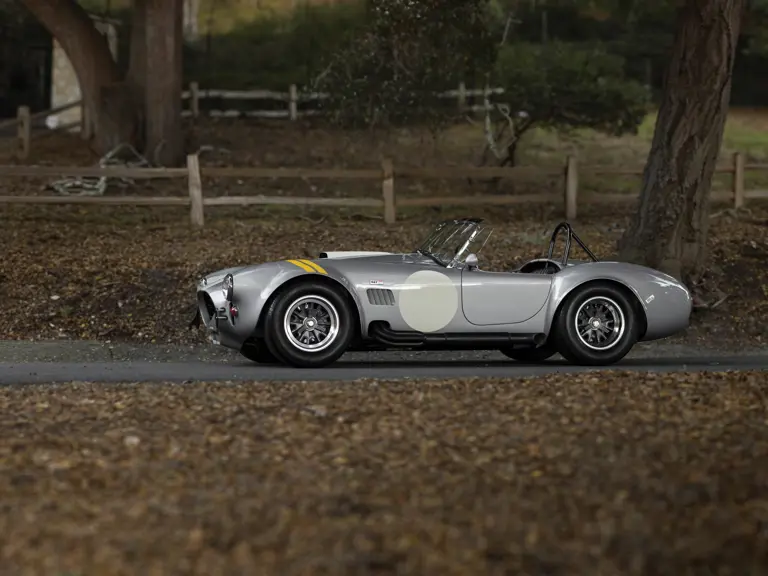

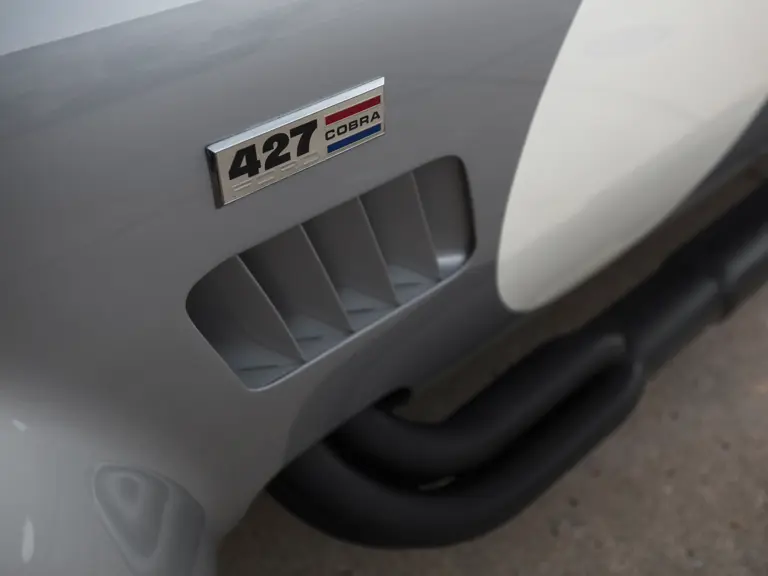
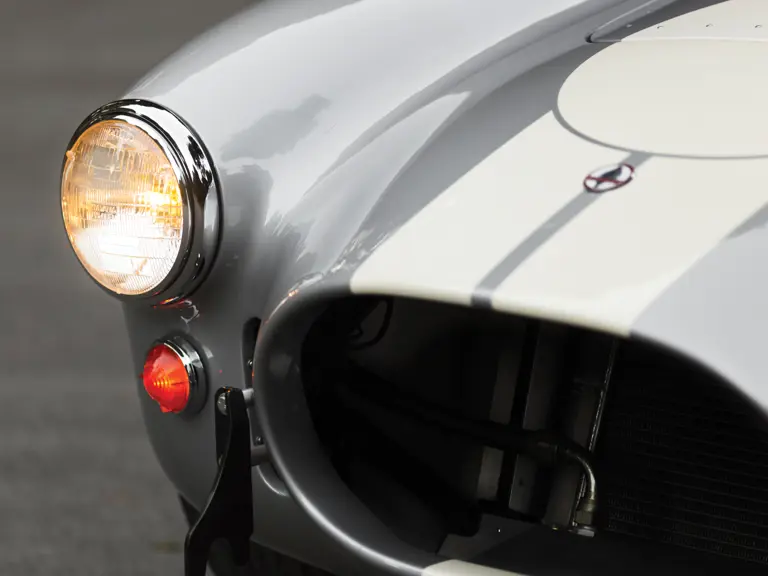

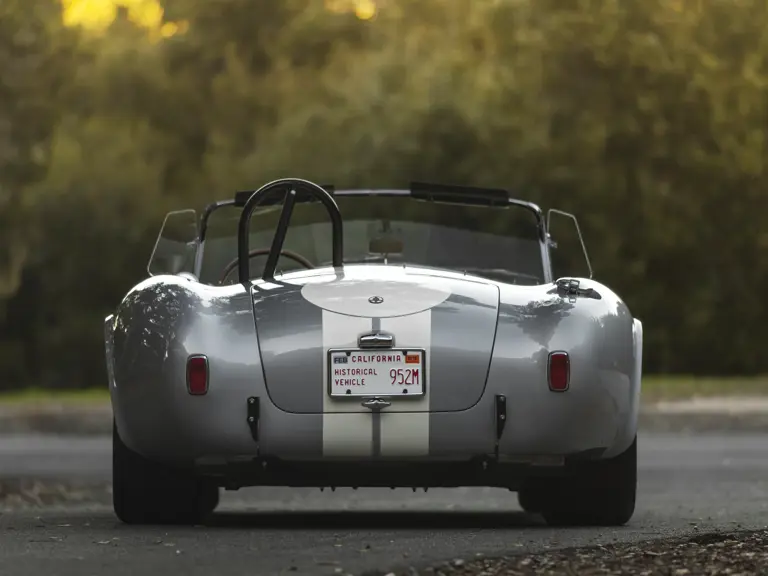
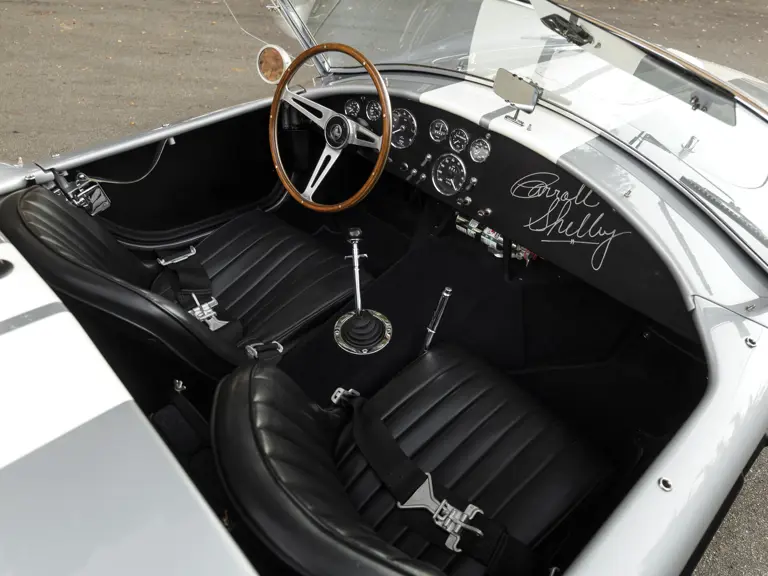


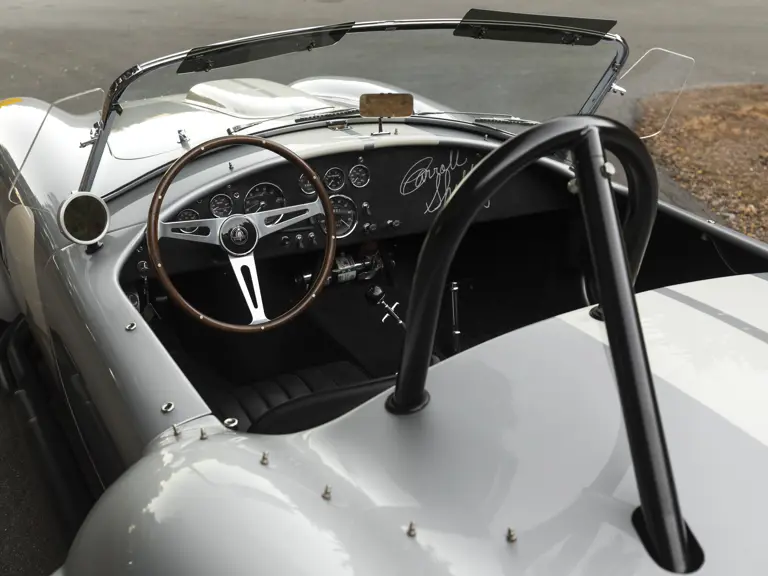


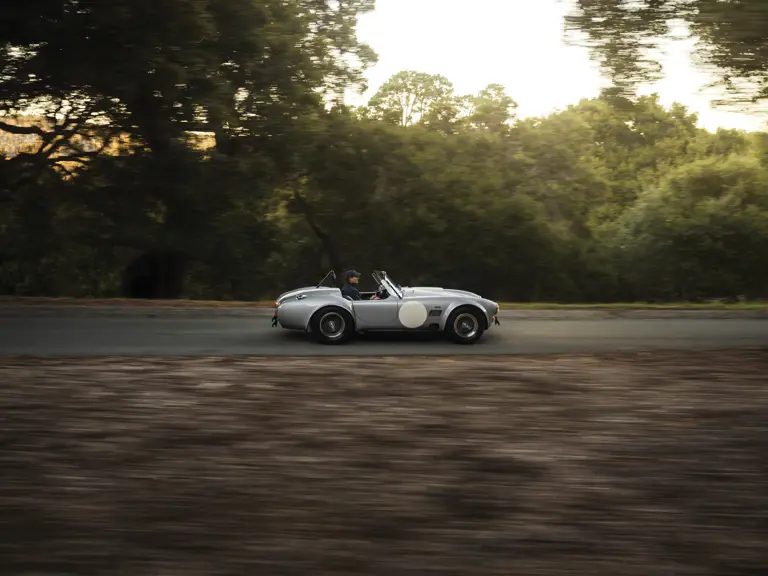
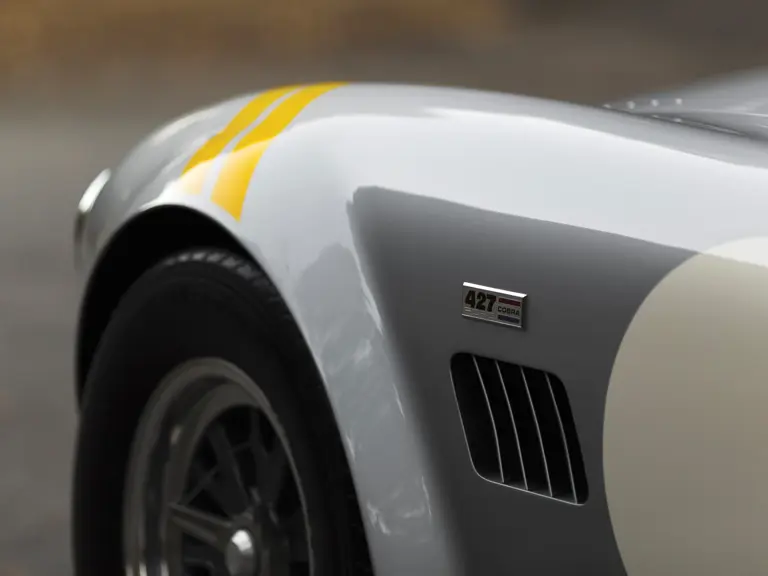
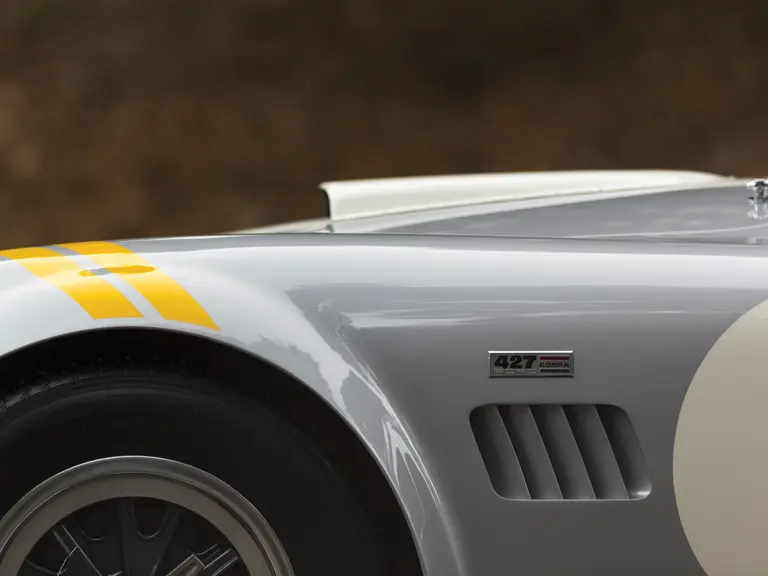
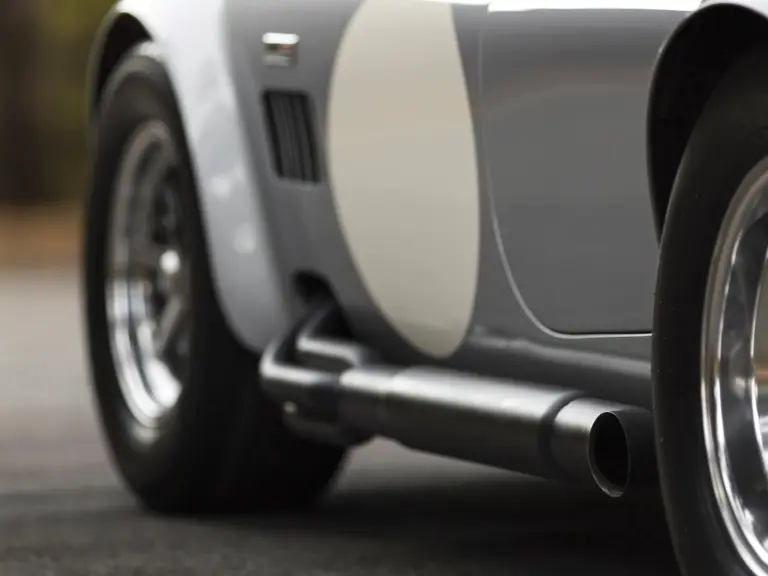

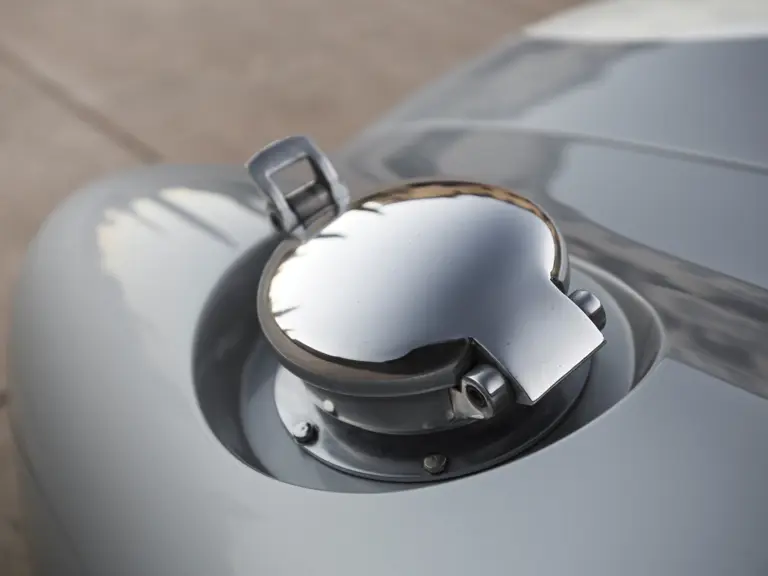
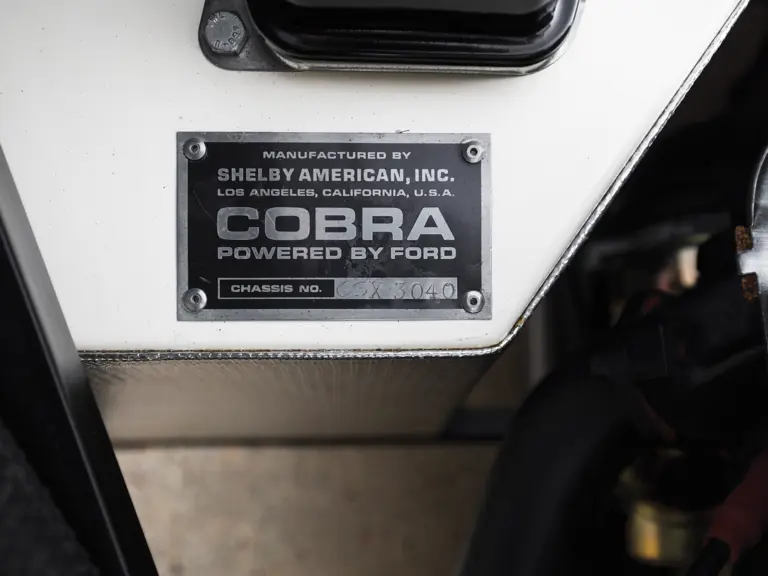
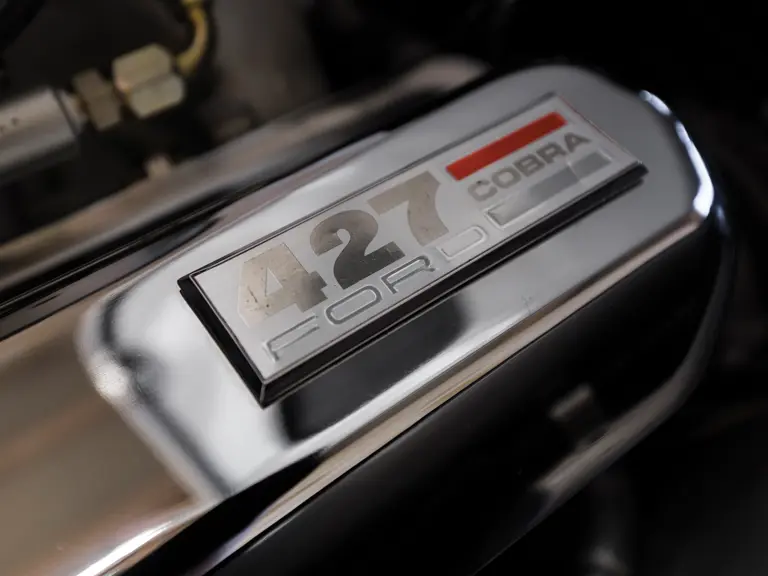


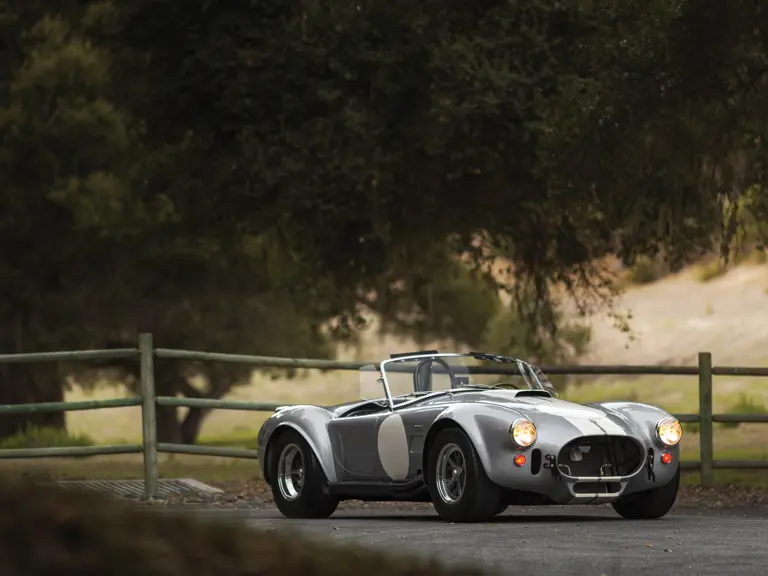

 | Phoenix, Arizona
| Phoenix, Arizona
